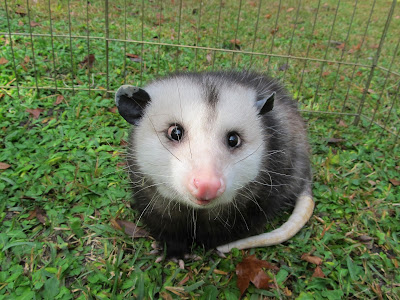When you join us for Nights of a Thousand Candles this year, make sure to visit the two indoor galleries. The beautiful galleries are decorated by our Horticulture and Sculpture departments, but the zoo animals prepared a special decoration as well.
When we have enough time, the zookeepers allow some of the animals to create art by walking through the paint onto canvas or watercolor paper. We use the same non-toxic paint that is used for finger painting with small children. The paint easily washes off with water.
Our otter cleanup is super easy - we just let them go for a swim!
Our baby alligators made some interesting abstract art.
If you would like to own one of our animal paintings, we have some available for purchase in the Keepsakes gift shop. Each painting is unique and original, so there is a limited supply!












.JPG)
.JPG)
.JPG)
.JPG)

.JPG)
.JPG)
.JPG)
.JPG)
.JPG)
.JPG)

.jpg)

.jpg)
.jpg)
.jpg)
.jpg)







.JPG)
.JPG)
.JPG)
.JPG)




.jpg)
.jpg)
.jpg)

.jpg)
.jpg)